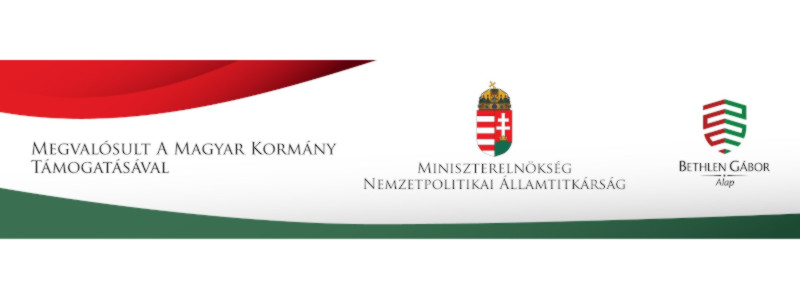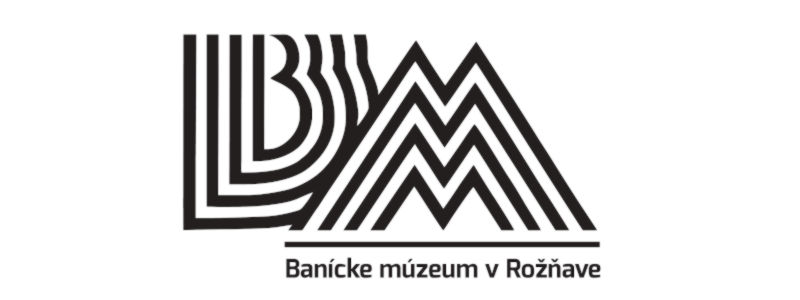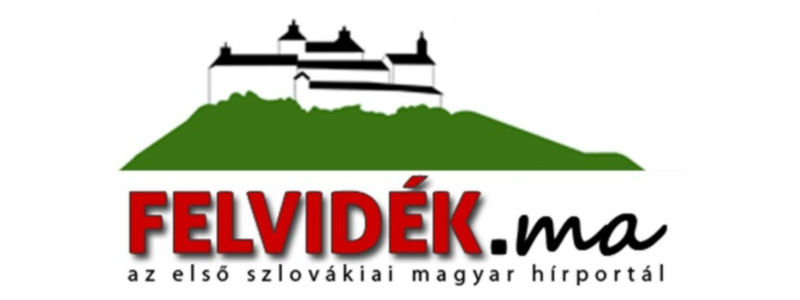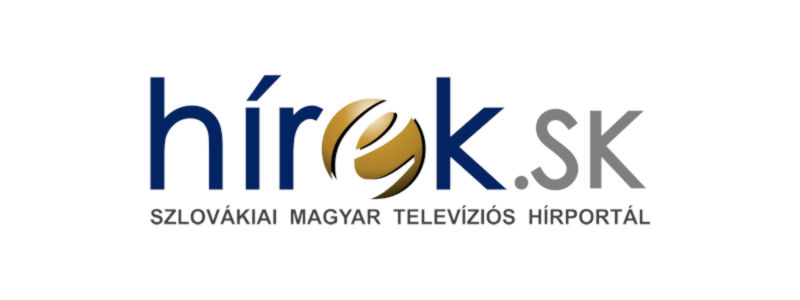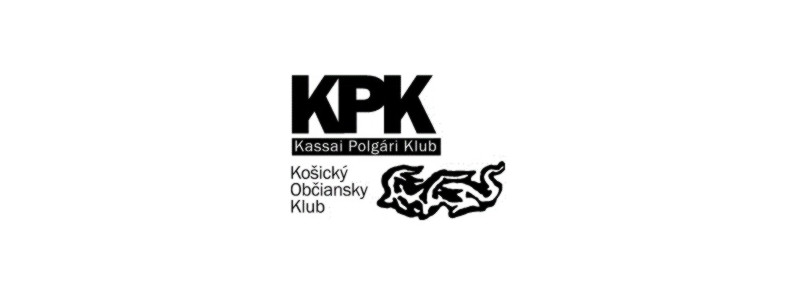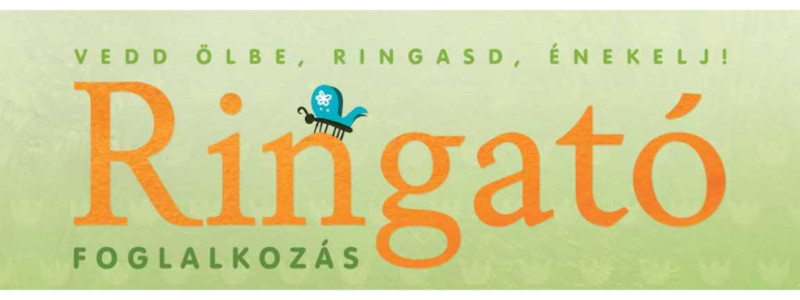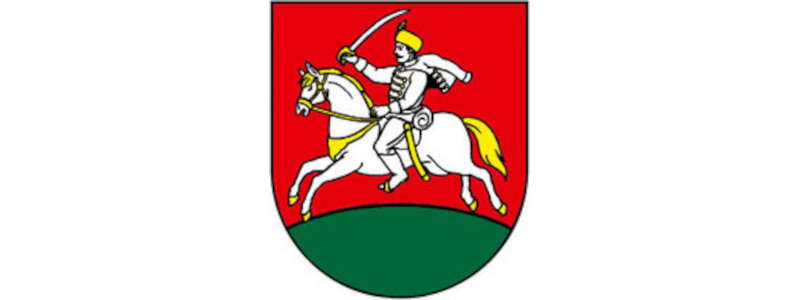Evidentia latent – certainty does not require any proof. It is there in György Verebes' art, in the way he perceives the colours, in his brushwork, in his choice of subject and in his drawing skills.
Evidentia latent
FiguratiF Gallery, Alžbetina 42, Košice, Slovakia
3 March -- 29 March 2022
Born in Senta, Serbia, György Verebes, recipient of the Munkácsy Prize, not only in fine art: he regularly publishes in literary magazines, holds opening speeches at exhibitions, is a founding member of several jazz and world music bands, he is a pianist, composer and a composer of theatre music.
In addition to his artistic work, he is also an active organiser and artistic director of the Szolnok Artists' Colony. He has made this famed and old art colony one of the artistic centres of Hungary – in 2017, he was awarded the Hungarian Heritage Prize. He has been a member of the Board of Trustees of the foundation behind the event entitled Hungarian Arists' Day and its President since 2017. Last year, he was elected a Corresponding Member of the Hungarian Academy of Arts.
The paintings brought to Košice bear the title Evidentia latent, i.e. latent clarity, latent obviousness, inescapable fact, not perceivable at first sight... It's there somewhere, but it just did not fit on the canvas – on the canvas, where there is nothing but silence and peace.
Or maybe the certainty lies behind the closed eyes. It's the poised expression of the heavenly calm face, which – being the most telltale mirror of the soul – conveys that certainty. Or not at all? The eyes are closed. One's face communicates only with the eyes open.
So, what kind of certainty is it?
Moreover, we don't even see whose hand is being painted again and again; however, it is so familiar... Does it belong to a particular person? Or does each hand belong to a different person? Why does he paint only hands, seemingly following an urge? Could it be that he does not really need anything else to express himself, just the expressive power of a human hand? There is nothing negative, no violent gesture in these hands.
And then there is the series entitled Mudra. It is very eloquent title, just like the hand itself. A mudra is an ancient Indian technique involving the hands, that goes back thousands of years, and it is also a way of connecting with the five elements.
Who is the person depicted? A particular person? Or just anybody? Or is it God's creation, the HUMAN? Or is it man cast into existence? Or does every face belong to someone else?
Of the multitude of possible paths in painting, György Verebes has chosen the one, where he can remain close to mankind.
As I read about him somewhere:
"As he claims, he was searching for his artistic path for a long time. At first, he painted historical subjects, faceless human figures, torsos. He was interested in the expressive power of the body. He developed his own style, his own method of painting. (...) Vision lies in the alchemy of colours.
The knowledge of vision is a certainty that does not require a proof."
Perhaps the meaning of the title lies in this last sentence: Evidentia latent – certainty does not require any proof. It is there in György Verebes' art, in they way he perceives the colours, in his brushwork, in his choice of subject and in his drawing skills.







































